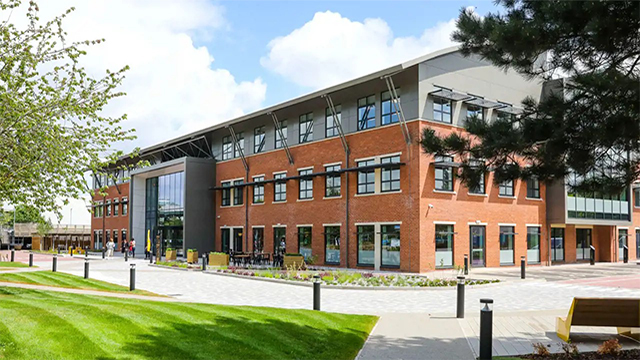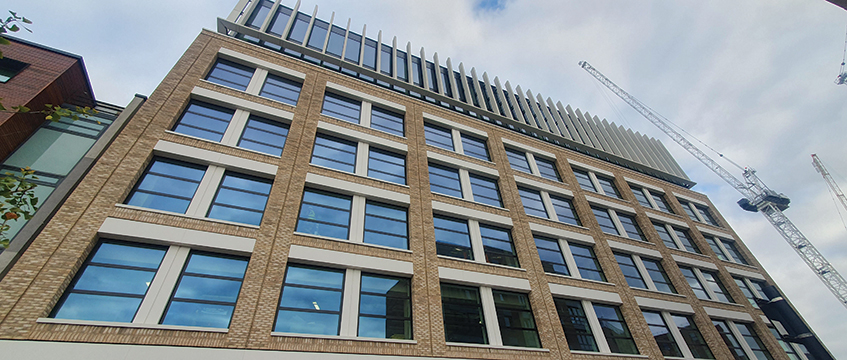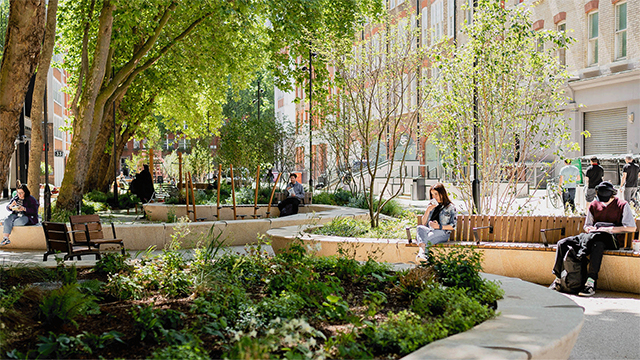Colliers’ 2017 predictions
Colliers International has predicted UK investment volumes in 2017 will exceed £50bn as investors look through Brexit uncertainty.
Tony Horrell, Collier’s UK & Ireland chief executive, said: “After a momentous 2016, punctuated by June’s EU referendum and November’s US election, Colliers predicts a somewhat uncertain 2017 for the UK property market, peppered with reservations about European political stability and ‘Trumponomics’. However, with uncertainty comes opportunity.
Colliers International has predicted UK investment volumes in 2017 will exceed £50bn as investors look through Brexit uncertainty.
Tony Horrell, Collier’s UK & Ireland chief executive, said: “After a momentous 2016, punctuated by June’s EU referendum and November’s US election, Colliers predicts a somewhat uncertain 2017 for the UK property market, peppered with reservations about European political stability and ‘Trumponomics’. However, with uncertainty comes opportunity.
“The UK remains one of the most transparent and active places to do business, and currency arbitrage by international investors is opening up opportunities for new and greater investment, which will no doubt help to drive the UK real estate market in 2017.”
Other predictions from the advisory firm:
Investor base will widen
The UK will retain its safe haven status
Recovery in oil prices will provide a boost for Scotland
Total returns to recover, slowly
Mayoral elections will be the catalyst for growth
By sector, industrial assets are forecast to be the strongest performing.
In the office sector, the potential for 2m sq ft of grey space to be released in central London will contribute to increased vacancy rates and a softening of rents, and City fringe locations are expected to remain robust. Back office relocations will bolster the regional market, with cities such as Southampton, Bournemouth and Sheffield set to benefit.
“Residential prices in prime central London are expected to fall by a further 3-5% in 2017, but the sales volumes from international purchasers is likely to increase slightly as investors take advantage of the currency arbitrage,” said Toby Greville, head of residential development at Colliers.
He added: “We can also expect new entrants from China, as the Australian market overheats, and India, as increasing domestic regulation encourages overseas investment. Transactional volumes from international investors may swell further, as many seem to be holding off from direct investment into the London property market until Article 50 has been triggered, perhaps anticipating the sterling falling further.”
Greville also predicted Varsity Line, connecting Oxford and Cambridge by train, as announced in the chancellor’s Autumn Statement, will drive property prices in Buckingham, Bicester, Bletchley, Milton Keynes and Bedford up to 15% above the surrounding areas.
High streets and retailers need to prioritise quality and getting their offer right, according to Colliers’ head of central London and EMEA retail, Paul Souber.
Souber said: “The cost of occupying shops and restaurants in London has generally increased significantly owing to the new levels of cost, the living wage, and increases to business rates, the introduction of which could not have been timed worse.
“The government needs to realise that London can be a golden goose in terms of tax revenues but there is a tipping point beyond which even the most successful commercial environments become untenable to businesses that must make profit to survive.”
Regionally, Mark Phillipson, Colliers’ head of retail, said: “The high street continues to restructure with lettings being done at post-recession, re-based rental levels. However, the threat of persistent vacancy remains a very real problem for many high streets with a major segment of properties now needing to find an alternative use to retail if they are to remain commercially productive.
“Occupier demand remains modest, but we’re now seeing more international brands spread out from their original presence in London, while online retailers are now spawning physical stores. We expect this trend to continue and be bolstered by further selective expansion by UK brands. Eating and drinking offers – in all their various forms, from Michelin-starred restaurants to grab-and-go fast food – are now a key driver in today’s retail mix and we expect them remain so in 2017.”
An increase in late-night leisure options and big box leisure venues such as trampolining sites, cinemas and restaurant hubs will also feature heavily in shopping centre development, while hotels are expected to open their doors to more international guests.
• To send feedback, e-mail shekha.vyas@estatesgazette.com or tweet @ShekhaV or @estatesgazette











